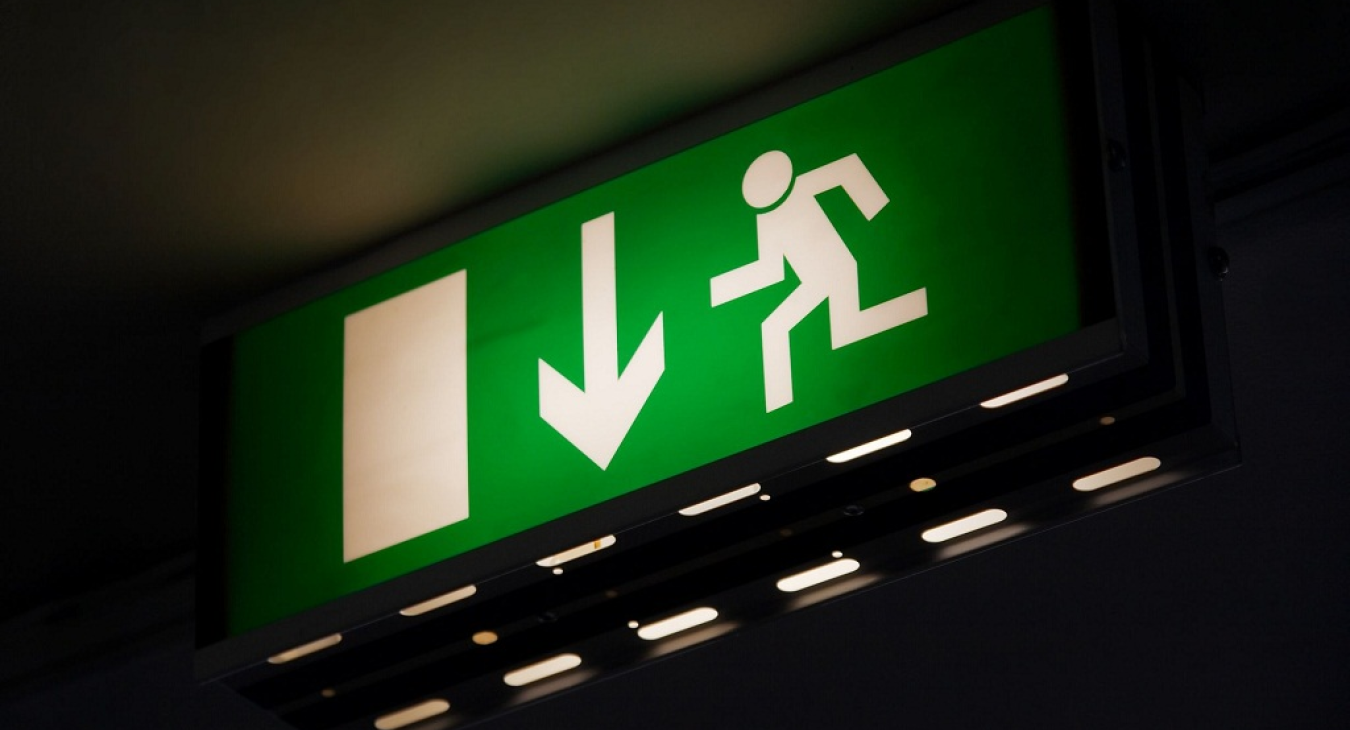A week rarely goes by without the team at Fulcher Edwards being slightly concerned by the lack of interest some companies have in maintaining there Emergency Lighting in their building, yet it plays such a major part should an emergency like a power failure occur. Though some companies will happily take our advice as they were not aware of there full responsibilities before, however some just push it to one side.
Only a couple of weeks ago we had to write an letter to a company basically reiterating from a previous conversation we had with them months before of the dangers they face not having enough emergency lighting in there building. We are not talking about a small company either (not that should make any difference if it was) but they have hundreds of people entering there premises everyday who are members of the general public. Heaven forbid if an incident were to occur, in our expert opinion, it could be disastrous.
As usual expense normally compromises safety, even more so these days and we are unable to force companies into taking our advice. We have still had no instructions from that company were afraid to say.
The British Standards (BS5266) recommends that emergency lighting systems be regularly serviced by 'competent' persons, which means these being persons with the necessary knowledge, skills and training to undertake emergency lighting servicing procedures.
The Purpose of Emergency Lighting?
1) To illuminate escape route signs in a building to allow for safe movement and evacuation in a emergency such as a mains failure
2) They ensure that fire alarm call points and fire equipment provided along the escape routes can be readily located and used
3) To permit operations concerned with safety measures
Regular testing in your premises ensures that your emergency lighting system remains reliable at all times and should an emergency occur then this type of lighting ensures that people can evacuate a building safely.
How Regular is Regular?
The British Standards recommends routine testing should be carried out as follows and recorded in a log book:
Daily
This requires a visual check to ensure that emergency lighting systems are operating correctly and that indicators are working. This should be carried out by the 'responsible person' delegated by a company. Any faults should be logged and corrected ASAP.
Monthly
All luminaries should be checked for signs of damage or disrepair. All emergency lights should be briefly tested to ensure that they operate in the event of mains electricity supply failure. This will usually be carried out by the 'responsible person'. Again any faults should be logged and corrected ASAP.
Annually
A full system inspection and duration test of the emergency lights should be performed by a 'competent person' who will log the details, rectify any faults and provide your company with certification for your fire safety records.
Who is a Competent Person?
This is a person who has the necessary skills, training and knowledge to perform emergency lighting maintenance and servicing. They are qualified, experienced in emergency lighting, registered with a government approved body(such as NICEIC) and comply with the British Standards. Your chosen electrical services company or electrician will also be able to advice if all lighting and exit signs are up to date with current legislation and are adequate for the purpose intended.
Who is a Responsible Person?
This is a designated member of staff in a company who can quickly and easily perform monthly checks and record information in a log book. They also need to be punctual with there tests each month and report any faults immediately to the chosen company who manage your emergency lighting system.
Why is it so Important?
Maintaining your emergency lighting and arranging regular testing in your company, ensures your emergency lighting remains fully functional during an emergency where a electrical failure may occur, lights up exit routes and signs for the specified duration.
We maintain emergency lighting for a number of commercial clients in London as well as charities, landlord's properties, rail depots, shops, restaurants & bars. Our aim with this blog post is to make businesses aware of how important it is to maintain there emergency lighting. It plays such an important role for people entering your premises who are unaware of the layout during an emergency; it really could be a lifesaver!

